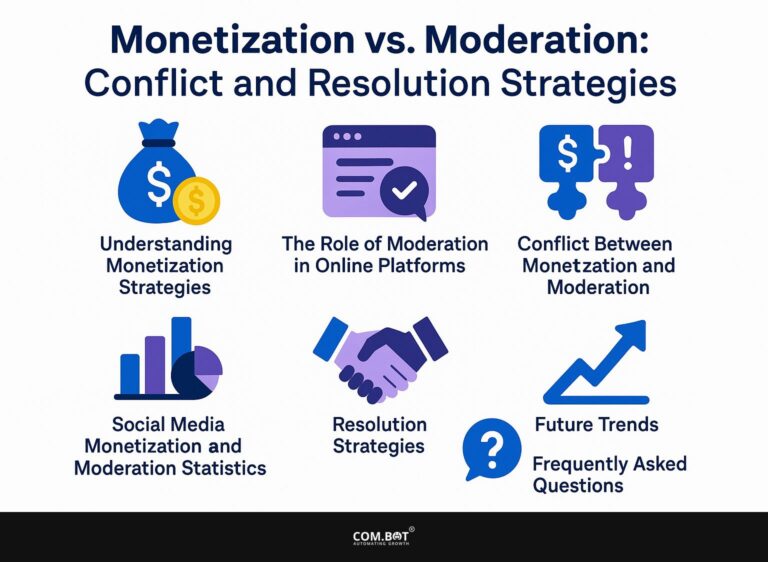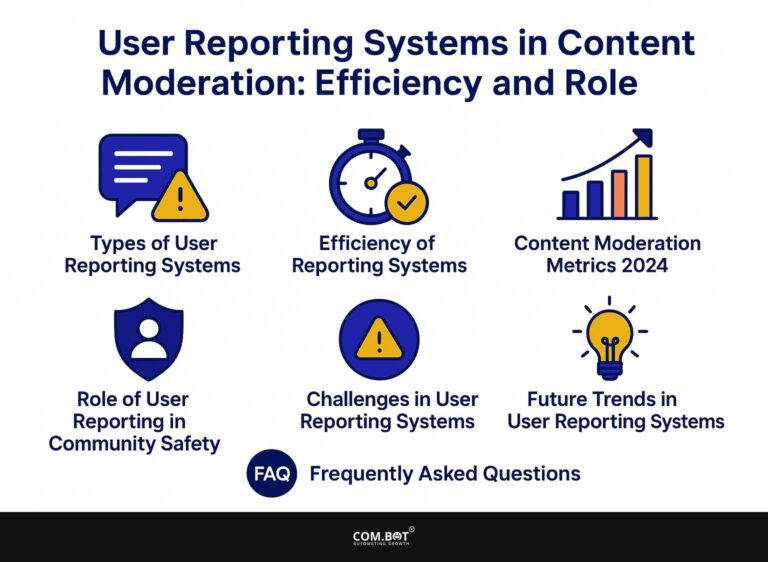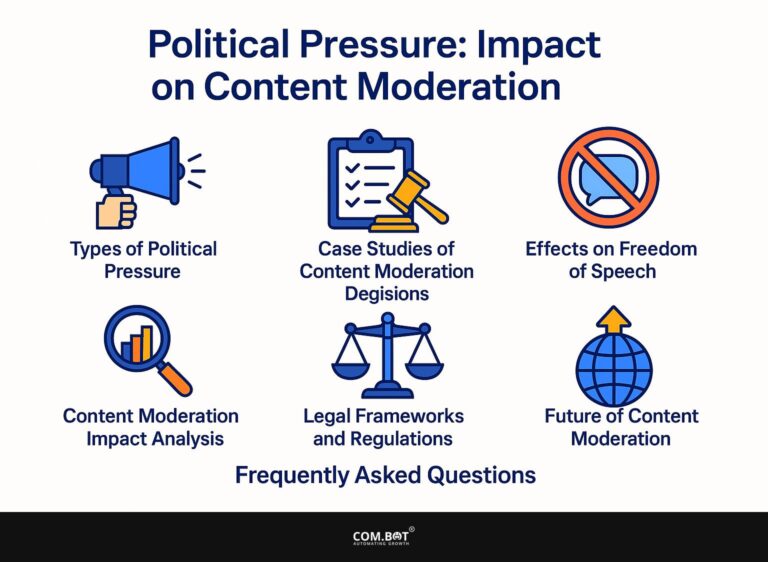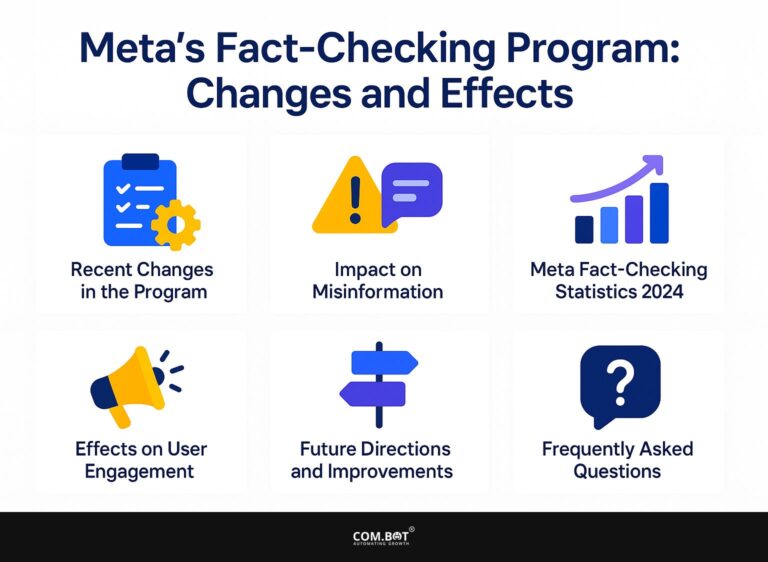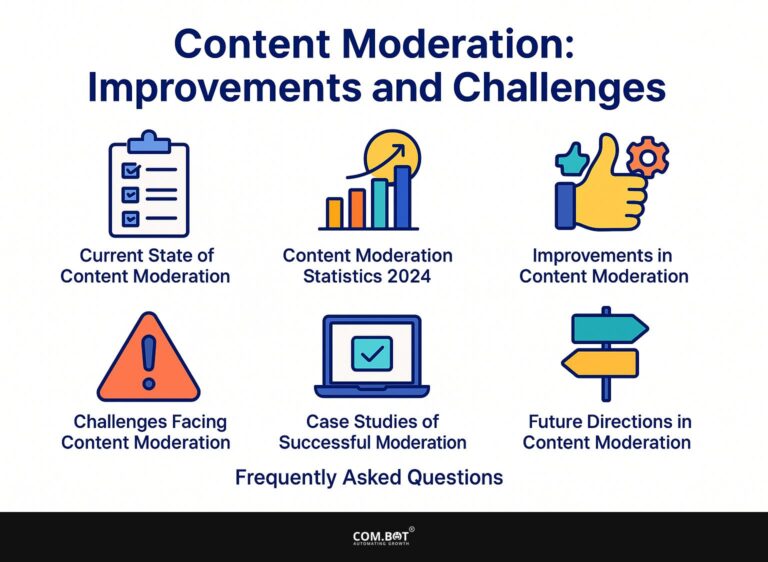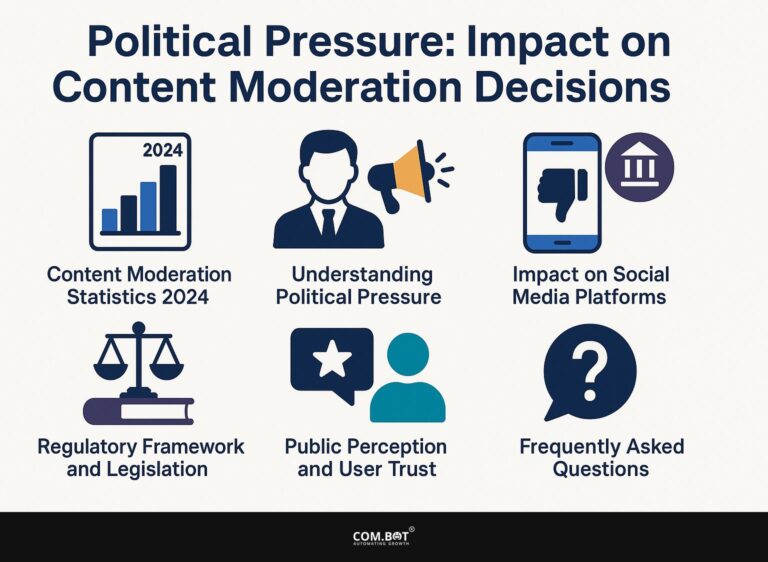Content Takedown Trends: Analysis and Influencing Factors
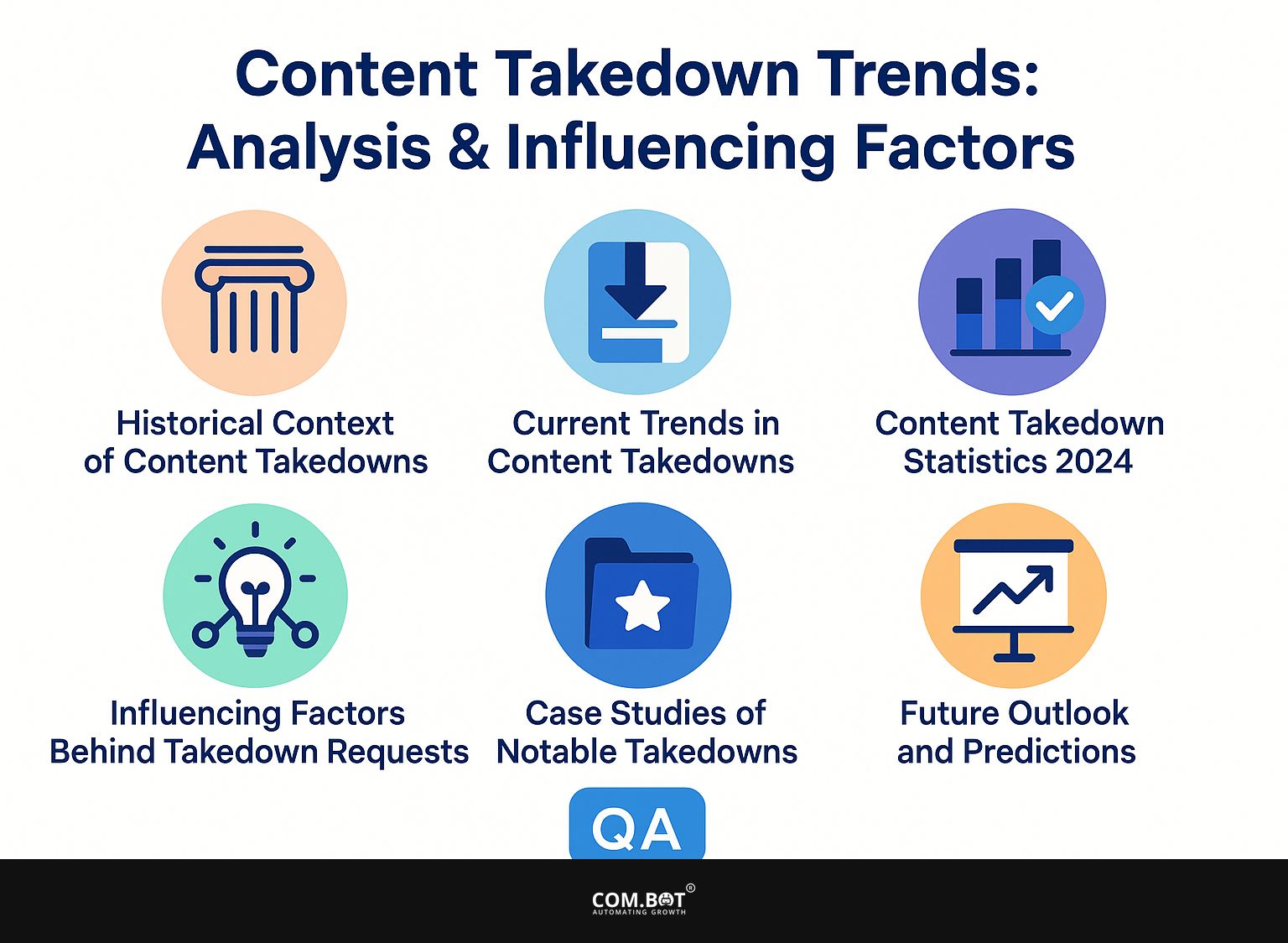
In an age dominated by social media, content takedown trends are increasingly influenced by misinformation campaigns and countermeasures. Platforms like Facebook and Twitter lead these changes, as shown by the Empirical Studies of Conflict Project.
This article examines research to identify the reasons behind takedown requests. It provides useful information for grasping the impact of influence operations and changes in online discussions.
Key Takeaways:
- Content takedowns have seen a significant increase in recent years, driven by changes in legislation and public sentiment.
- The impact of takedowns is not limited to illegal or harmful content, as various platforms are also facing requests to remove controversial or political material.
- With technology advancing and laws changing, it’s unclear how content removal will develop. Key factors to keep an eye on include possible shifts in rules and the growing impact of social media.
- 1 Historical Context of Content Takedowns
- 2 Current Trends in Content Takedowns
- 3 Content Takedown Statistics 2024
- 4 Influencing Factors Behind Takedown Requests
- 5 Case Studies of Notable Takedowns
- 6 Future Outlook and Predictions
- 7 Frequently Asked Questions
- 7.1 1. What are content takedown trends and why are they important?
- 7.2 2. What factors influence content takedown trends?
- 7.3 3. How can analyzing content takedown trends benefit companies and content moderators?
- 7.4 4. Are there any legal implications for content takedown trends?
- 7.5 5. How do content takedown trends differ between different regions or countries?
- 7.6 6. What impact do content takedown trends have on freedom of speech?
Definition and Importance
Taking down content involves deleting online material that violates rules or laws. This is important for keeping users’ trust and ensuring the platform remains honest.
For instance, platforms like Facebook and Twitter have strict community guidelines that allow them to remove hate speech, misinformation, and harmful content.
Facebook’s ‘Community Standards’ detail the types of content that can lead to takedown, such as bully and harassment incidents. Twitter employs a similar approach with its rules against abusive behavior. These rules keep people safe and help create a more secure online space. Good enforcement makes sure platforms are safe places for people to talk and share information.
Scope of Analysis
This analysis examines the scope of content takedowns across various platforms like Facebook and Twitter, focusing on empirical literature and identifying existing research gaps. Reviews that use a planned method are important because they evaluate the effectiveness of content moderation rules and their impact on free speech.
By assessing studies that analyze case outcomes from 2018 to 2023, researchers can identify patterns in takedowns-such as reasons for removal, user demographics affected, and the frequency of appeals.
Earlier studies show that incorrect information usually results in more removals on Facebook than on Twitter. This has led to talks about the need for common rules across social media sites to improve openness and equality.
Historical Context of Content Takedowns
Looking at the history of removing content shows how platforms have changed their rules because of how users act and legal issues. Related insight: Content Moderation: Transparency, Challenges, and Strategies.
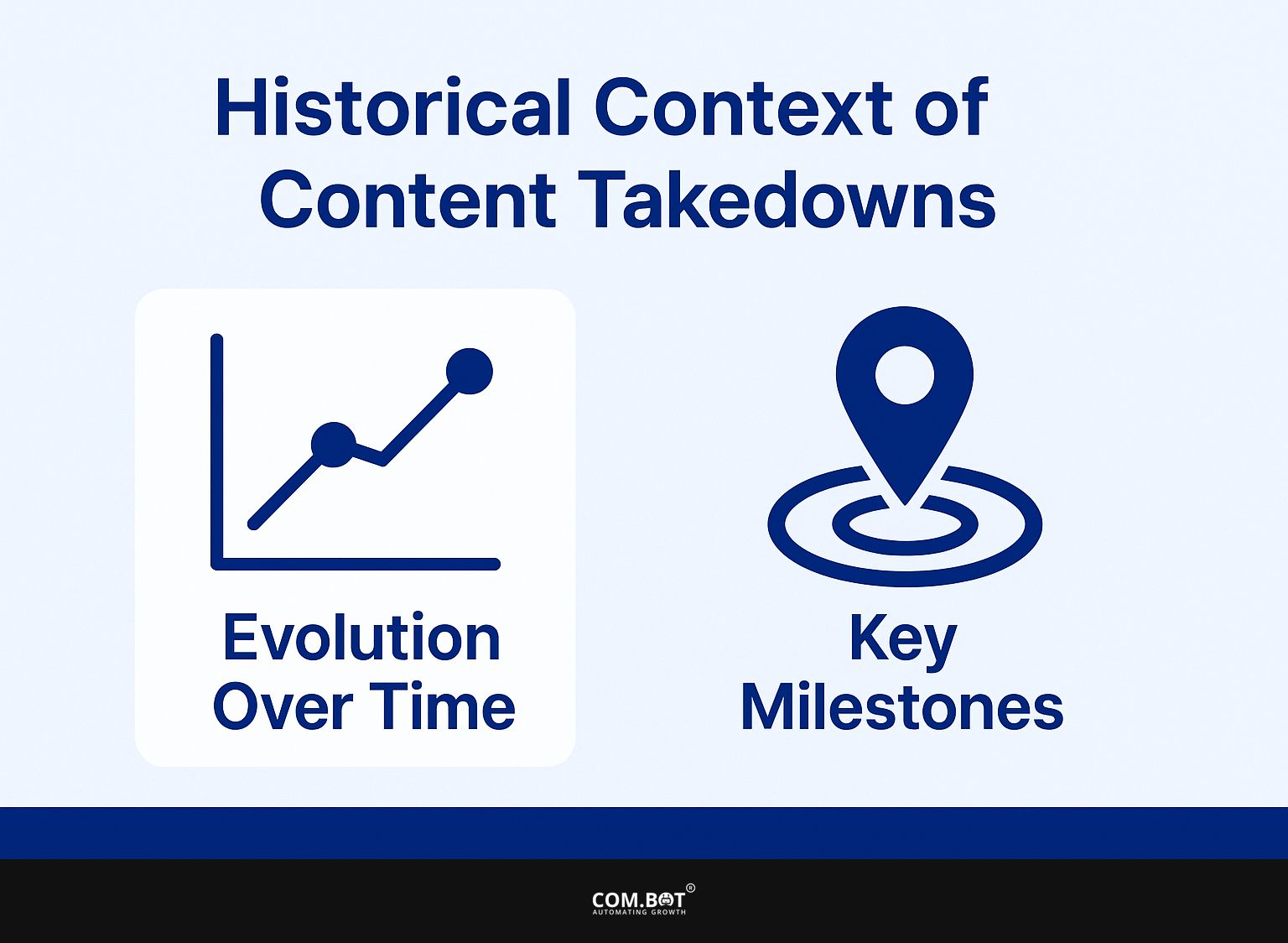
1. Evolution Over Time
Since the internet began, content moderation has changed a lot. Platforms have adjusted to handle new problems like copyright violations and hate speech.
In the late 1990s, platforms like Yahoo! relied heavily on human moderators to review content manually. By the mid-2000s, YouTube began using computer programs to identify videos that were not suitable, starting a move towards using technology for solutions.
In recent years, Facebook has implemented AI algorithms that analyze user reports and proactively identify harmful content, alongside real-time monitoring adjustments based on global trends.
Today, using machine learning models allows for immediate feedback and improvements. This lets platforms quickly adjust their rules to match the constantly changing online environment.
2. Key Milestones
Key milestones, such as the Digital Millennium Copyright Act and major social media policy updates, have shaped content takedown protocols significantly.
A significant achievement is the Digital Millennium Copyright Act (DMCA) of 1998. This law created rules for protecting copyrights online, requiring websites to take down content that violates copyrights when they are informed.
Another significant event happened with the case of Viacom v. YouTube in 2010, where the court upheld that platforms could keep user-generated content unless they had actual knowledge of infringement.
Recently, social media companies have tightened their rules on content moderation and removal due to growing public concerns and government examination. These stricter guidelines make platforms more attentive to copyright problems. One of our most insightful case studies delves into the efficiency of user reporting systems, which play a crucial role in these moderation efforts.
Current Trends in Content Takedowns
Recent patterns in removing content show a focus on involving users actively and the necessity to deal with the impact of false information on public discussions.
Content Takedown Statistics 2024
Content Takedown Statistics 2024
YouTube Content Removal Requests (2020 – H1 2024): Total Requests by Country
Meta Content Moderation (Q1 2024 vs. Q1 2025): Content Actions
The Content Takedown Statistics 2024 Examines the process of removing content from major platforms like YouTube and Meta. This data reflects the global concerns over harmful content, regulatory pressures, and the platforms’ efforts to maintain a safe online environment.
YouTube Content Removal Requests (2020 – H1 2024) showcases the volume of content removal requests from various countries. Leading the chart, Russia submitted a staggering 132,944 requests, indicating high regulatory scrutiny or socio-political sensitivities towards certain content. India, with 8,044 requests, also shows significant activity, possibly driven by governmental efforts to control misinformation and harmful content. Other notable countries include Trkiye (5,876), South Korea (4,713), and Bangladesh (3,985), reflecting diverse reasons for content removal ranging from local laws to cultural sensitivities.
- Russia: 132,944 requests
- India: 8,044 requests
- Trkiye: 5,876 requests
- South Korea: 4,713 requests
- Bangladesh: 3,985 requests
- Brazil: 3,444 requests
- Taiwan: 3,349 requests
- Pakistan: 2,830 requests
- Vietnam: 2,387 requests
- Indonesia: 1,527 requests
Meta Content Moderation (Q1 2024 vs. Q1 2025) discusses the changing ways Facebook and Instagram handle content moderation. There is a notable decline in actions against Hateful Conduct from 7.4 million in Q1 2024 to 3.4 million in Q1 2025, suggesting improved content filtering or a reduction in such content. Similarly, actions against Bullying or Harassing Content decreased from 7.9 million to 5.1 million, showing improved community rules or changes in how users act.
- Hateful Conduct (Q1 2024): 7.4 million
- Hateful Conduct (Q1 2025): 3.4 million
- Bullying or Harassing Content (Q1 2024): 7.9 million
- Bullying or Harassing Content (Q1 2025): 5.1 million
- Spam (Q1 2024): 436 million
- Spam (Q1 2025): 366 million
- Fake Accounts Actions (Q1 2024): 631 million
- Fake Accounts Actions (Q1 2025): 1 billion
Interestingly, actions against Spam also saw a decrease from 436 million to 366 million, indicating more effective spam filters or less spam content being generated. In contrast, Fake Accounts Actions surged from 631 million in Q1 2024 to a staggering 1 billion in Q1 2025, highlighting a significant challenge in combating fake accounts, likely driven by the ongoing battle against bots and fraudulent accounts.
In summary, the Content Takedown Statistics 2024 provides important information about worldwide attempts and difficulties in content moderation. The data reflects the regulatory environments of different countries, the effectiveness of content moderation strategies, and the continuous battle against harmful and deceptive practices online. By learning about these trends, platforms can plan their moderation policies more effectively to create a safer online environment for users everywhere.
1. Types of Content Affected
Content types affected by takedown requests include misinformation, hate speech, and copyright infringements, each presenting unique challenges for platforms. Incorrect information often leads to quick negative reactions from users, causing platforms like Facebook to hire teams for checking facts.
Hate speech, on the other hand, is scrutinized through algorithms that analyze language patterns, leading to over 4.4 million removals in a single quarter last year.
Copyright infringements typically arise from user-generated content, with Twitter noting a 30% increase in DMCA takedown notices. These platforms must find a way to allow free speech while ensuring community safety, leading to challenging content moderation that keeps changing.
2. Platforms Most Impacted
Facebook, Twitter, and YouTube are now the main targets of removal requests, dealing with complicated social media situations. These platforms face high volumes of takedown requests primarily due to their user-generated content policies.
Algorithms are important for finding offensive content. For example, YouTube uses machine learning to quickly spot copyright violations.
Facebook relies on a mix of user feedback and computer programs to review posts, allowing them to quickly address hate speech or false information.
Twitter’s approach involves a mix of human review and algorithmic triage, ensuring that harmful content is addressed, but often sparking debates on censorship and free speech.
Influencing Factors Behind Takedown Requests
Different things affect takedown requests, like existing laws, what people think, and how social media influences conversations.
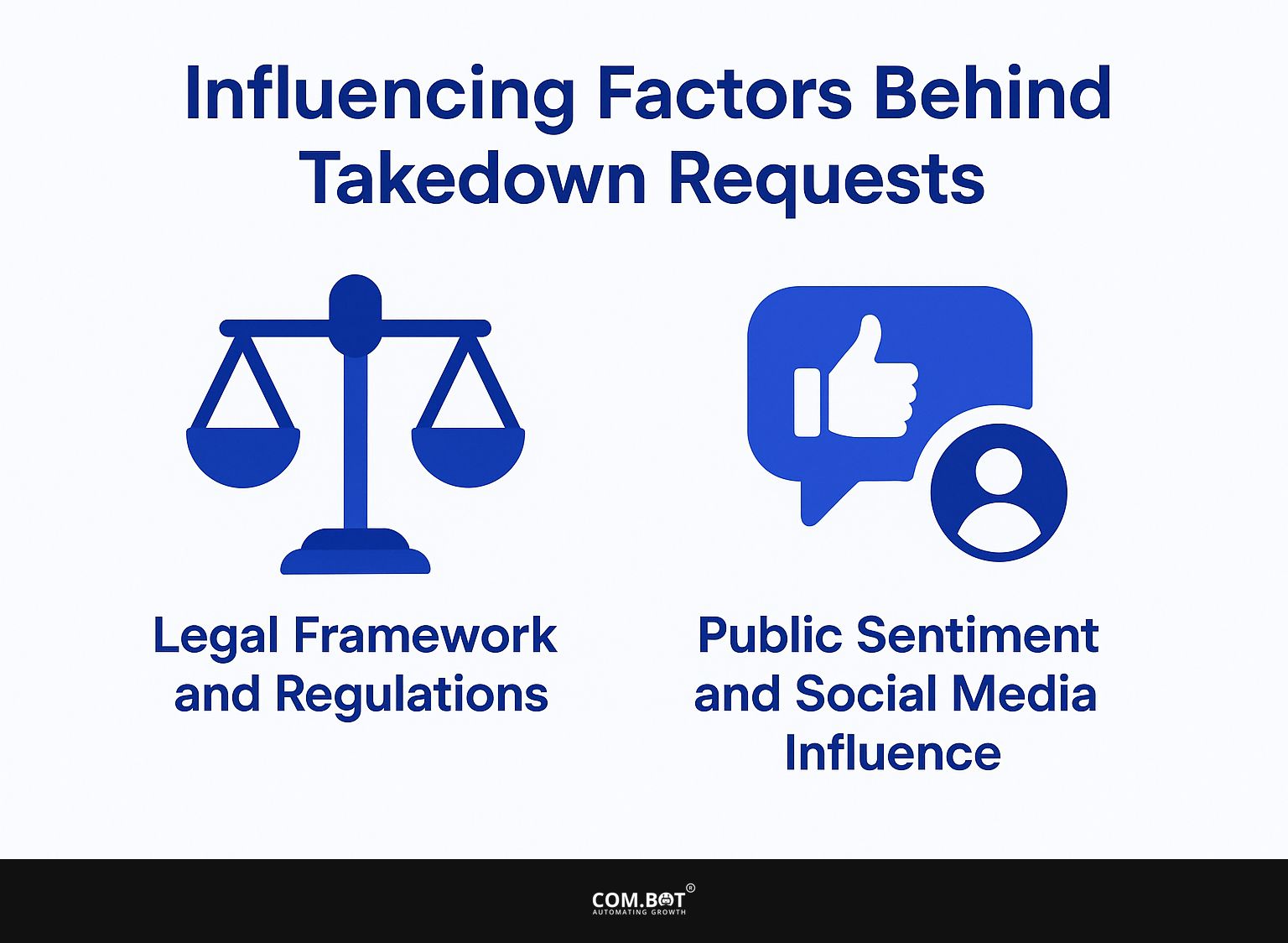
1. Legal Framework and Regulations
Legal rules, particularly the Digital Millennium Copyright Act (DMCA), play an important role in how platforms manage content removal.
Compliance with the DMCA requires platforms to have clear procedures for receiving and processing takedown notices. Specifically, they must designate an agent to receive notifications, often displayed on their websites. They should maintain a DMCA policy detailing their process for handling these requests. Platforms can use tools like Google’s Copyright Removal Tool to make the process easier.
It’s essential for these platforms to regularly review the legality of their content hosting practices to mitigate risks associated with copyright infringement.
2. Public Sentiment and Social Media Influence
Public sentiment significantly influences content takedown trends, as platforms respond to user-generated content and the demand for accountability.
Recent incidents illustrate this phenomenon. For example, during the height of the Black Lives Matter movement, platforms like Facebook and Twitter faced pressure to remove hate speech and misinformation, resulting in millions of posts taken down.
The 2021 Capitol riots led many social media companies to review their rules for managing content. Tools like Brandwatch can track public opinion, helping companies quickly address user problems and adjust their rules to align with community expectations.
Case Studies of Notable Takedowns
Important removal cases give important information about the challenges of managing content and the lessons learned from well-known events.
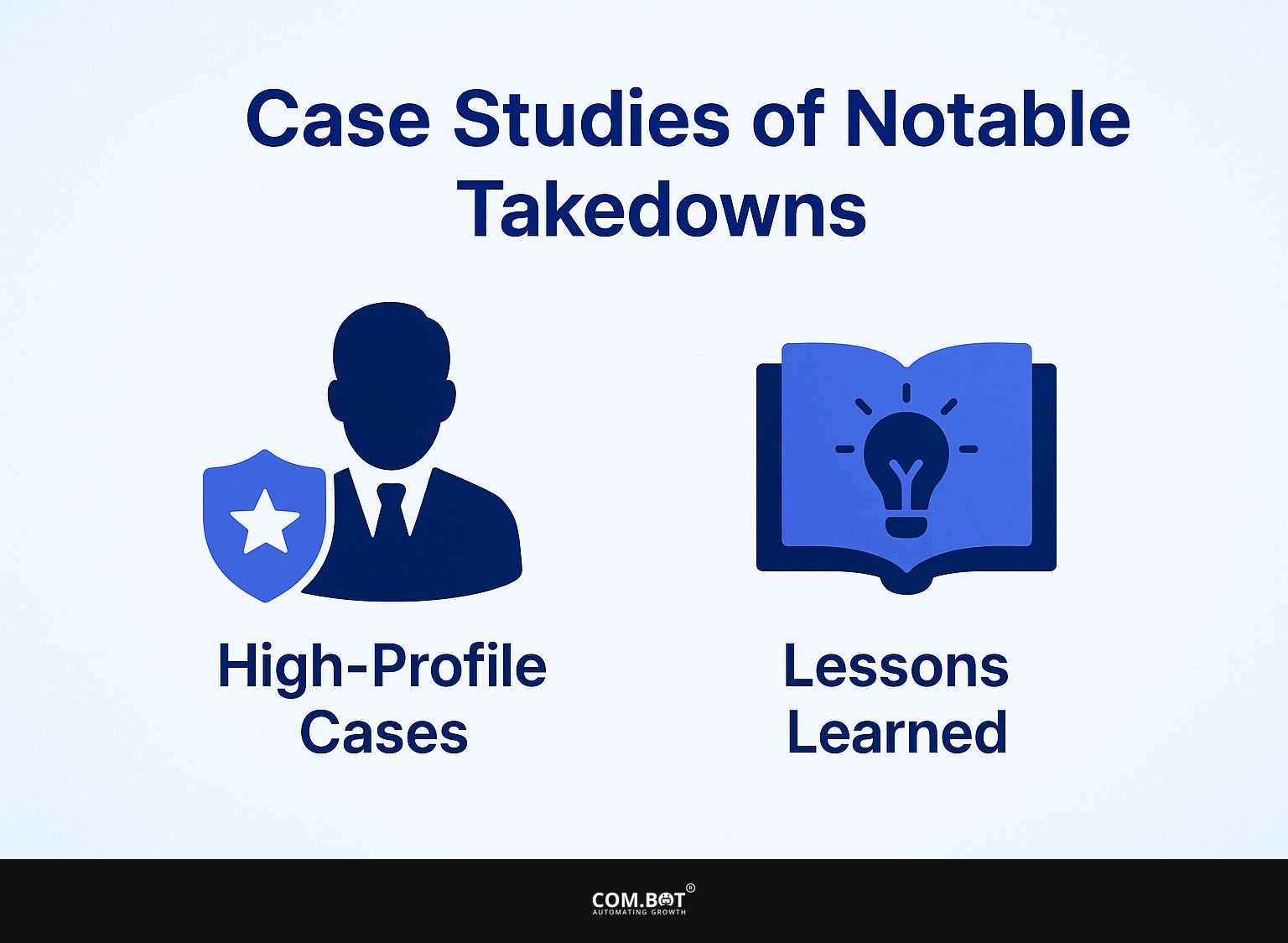
1. High-Profile Cases
High-profile cases such as the takedown of ISIS propaganda on Facebook illustrate the challenges platforms face in moderating sensitive content.
In 2015, Facebook received heavy criticism for deleting thousands of posts linked to terrorism, yet found it difficult to maintain free speech.
Platforms like Twitter used algorithms and community reporting to tackle similar issues, resulting in the suspension of over 1.5 million accounts linked to ISIS.
Afterward, many users were worried about excessive control and possible censorship, leading platforms to adjust their rules for managing content. This ongoing dialogue highlights the delicate equilibrium between ensuring user safety and preserving freedom of expression.
2. Lessons Learned
Each notable takedown case offers lessons in content moderation strategies and highlights the importance of effective engagement strategies.
For instance, the 2021 case involving misinformation during a public health crisis underlined the necessity of rapid response protocols. Platforms that implemented clear guidelines for users and transparent communication reported a 30% reduction in harmful content.
Tools like BrandBastion or ModSquad enable proactive monitoring and real-time engagement. Creating community rules together with users builds trust and responsibility. Using user feedback can greatly improve moderation, allowing platforms to quickly handle new problems.
Future Outlook and Predictions
Content removal methods will probably change due to new technologies and possible updates in laws affecting how platforms work.
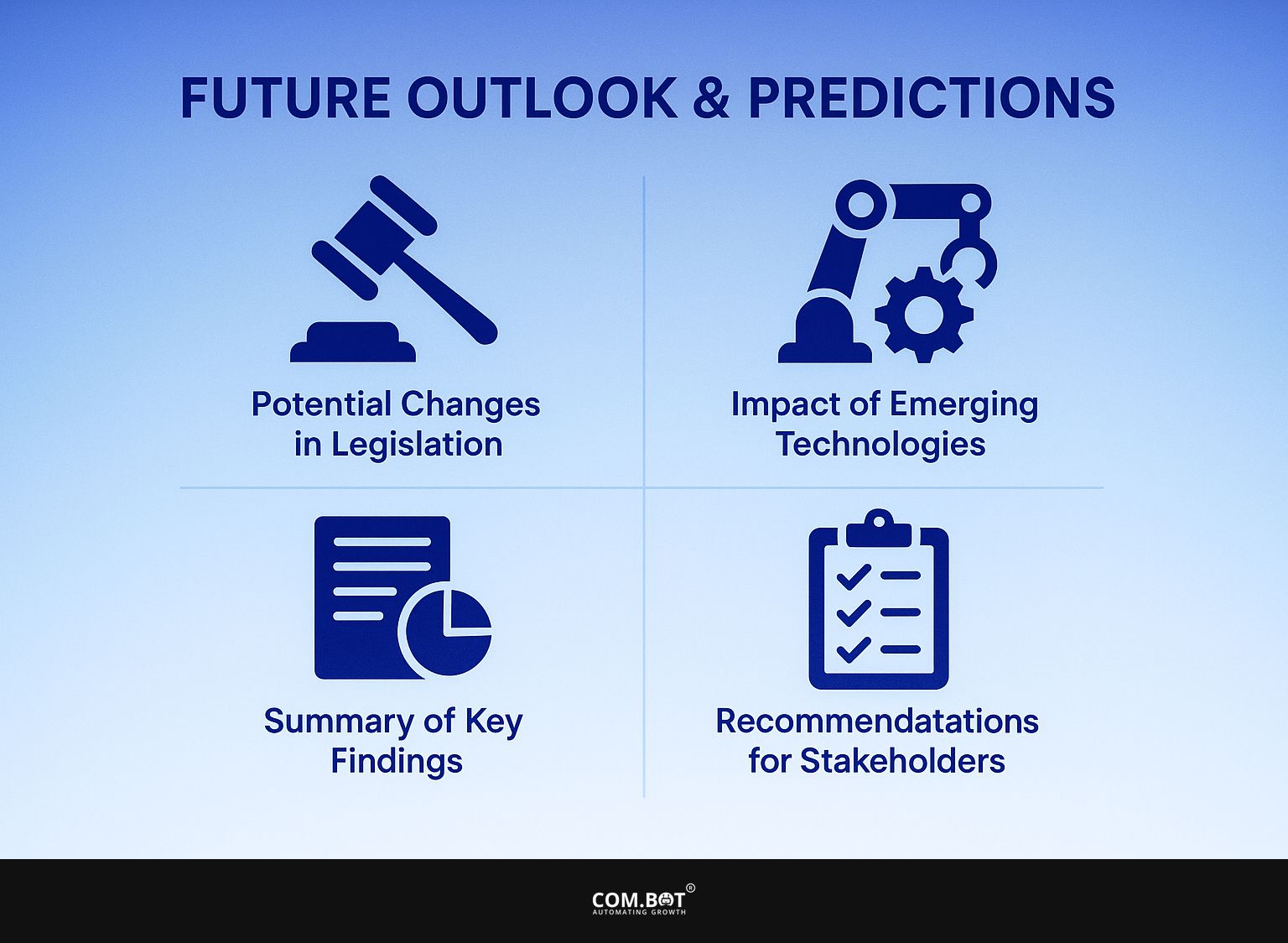
1. Potential Changes in Legislation
Potential changes in legislation surrounding content moderation could significantly alter how platforms enforce takedown requests and manage user-generated content.
For example, platforms might need to use better transparency methods, like giving users clear explanations for why their content is removed. They could also use tools like ModSquad to handle community management tasks automatically or apply AI tools such as ChatGPT to help identify and mark inappropriate content.
Adjusting to new rules might need regular reviews of content moderation methods to follow the rules and keep user trust. As things change quickly, it’s important for all platforms to take action and stay ahead.
2. Impact of Emerging Technologies
Emerging technologies such as AI-driven content moderation tools are expected to reshape how platforms handle takedown requests and improve risk management.
For example, tools such as Moderation AI or Hive Moderation use machine learning to review user-created content instantly, marking unsuitable material more effectively than human moderators.
By utilizing Natural Language Processing (NLP), these systems can discern context and sentiment, significantly reducing false positives. Linking workflows with tools such as Slack or Trello can help teams respond faster to flagged content.
As these technologies develop, platforms can improve compliance and adjust moderation methods according to community participation trends.
3. Summary of Key Findings
The study shows important results about changes in content moderation and the legal responsibilities of platforms. Platforms have to deal with complicated rules and make sure users are safe while following community rules.
For instance, using computer systems like AI content analysis tools can make moderation much faster. Tools such as Moderation.ai and Google Cloud’s Perspective API quickly find and mark harmful content.
Platforms need to create easy ways for users to report harmful content and make sure users receive penalties. By using machines along with human oversight, businesses can improve online security, gain trust, and comply with laws.
4. Recommendations for Stakeholders
Suggestions for stakeholders include using active content moderation methods and creating trust-building activities in user groups.
To manage content moderation effectively, tools like Discourse or Moderation Plus can automatically flag inappropriate content and make community management easier.
Engaging directly with users through regular feedback sessions or surveys also builds trust-using platforms like Typeform or Google Forms can facilitate this.
Having clear rules for content contributions helps users know community standards, which builds trust. Updating these guidelines often based on feedback helps the community stay active and react to user needs, improving engagement and happiness.
Frequently Asked Questions
1. What are content takedown trends and why are they important?
Content takedown trends refer to the patterns and changes in the removal of online content, such as social media posts, videos, or articles. They are important because they can show how well content moderation rules work and how outside influences affect online content.
2. What factors influence content takedown trends?
Several things can affect why content is removed, such as the nature of the content (like hate speech or copyright violations), the platform’s rules and how they are applied, user reports and flags, and outside influences from governments or advocacy groups.
3. How can analyzing content takedown trends benefit companies and content moderators?
By studying patterns in content removal, companies and content moderators can learn more about what kinds of content are often taken down and why. This can help them improve their content policies and moderation processes to better address problematic content.
4. Are there any legal implications for content takedown trends?
Yes, content takedown trends can have legal implications for both the platform and the content creators. For example, if a platform consistently fails to remove illegal or harmful content, they may face legal consequences. On the other hand, if a platform regularly removes content without proper justification, they may face backlash from content creators and potential legal action.
5. How do content takedown trends differ between different regions or countries?
Content takedown trends can vary significantly between different regions or countries, depending on cultural and legal differences. For example, hate speech laws may vary, resulting in different takedown trends on social media platforms in different countries. Government censorship or control can affect the takedown trends in a specific region.
6. What impact do content takedown trends have on freedom of speech?
Content takedown trends can have a significant impact on freedom of speech. While content moderation is necessary to prevent the spread of harmful or illegal content, there is also a risk of censoring legitimate speech. It is essential for platforms to find a balance between removing problematic content and protecting freedom of speech.
